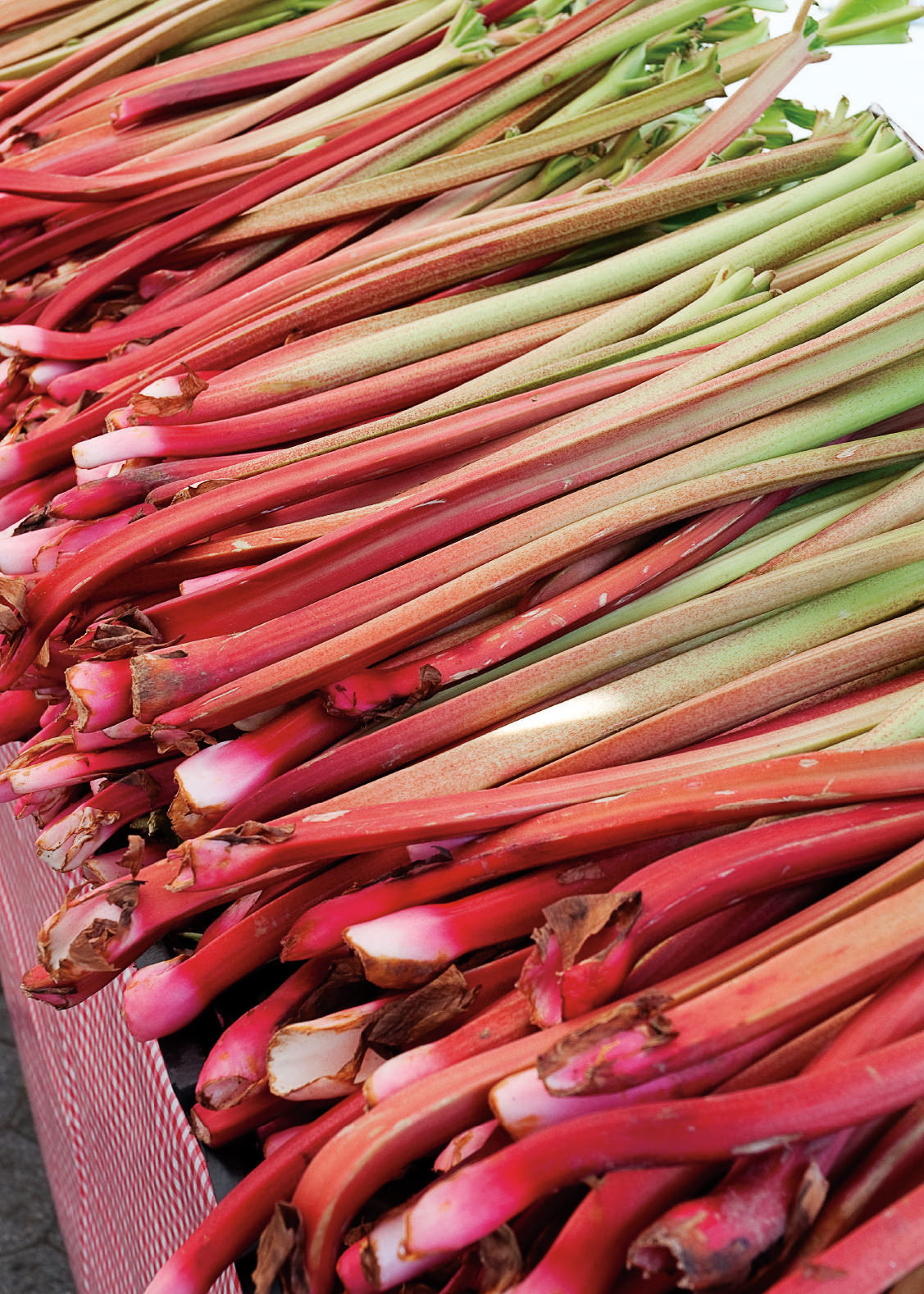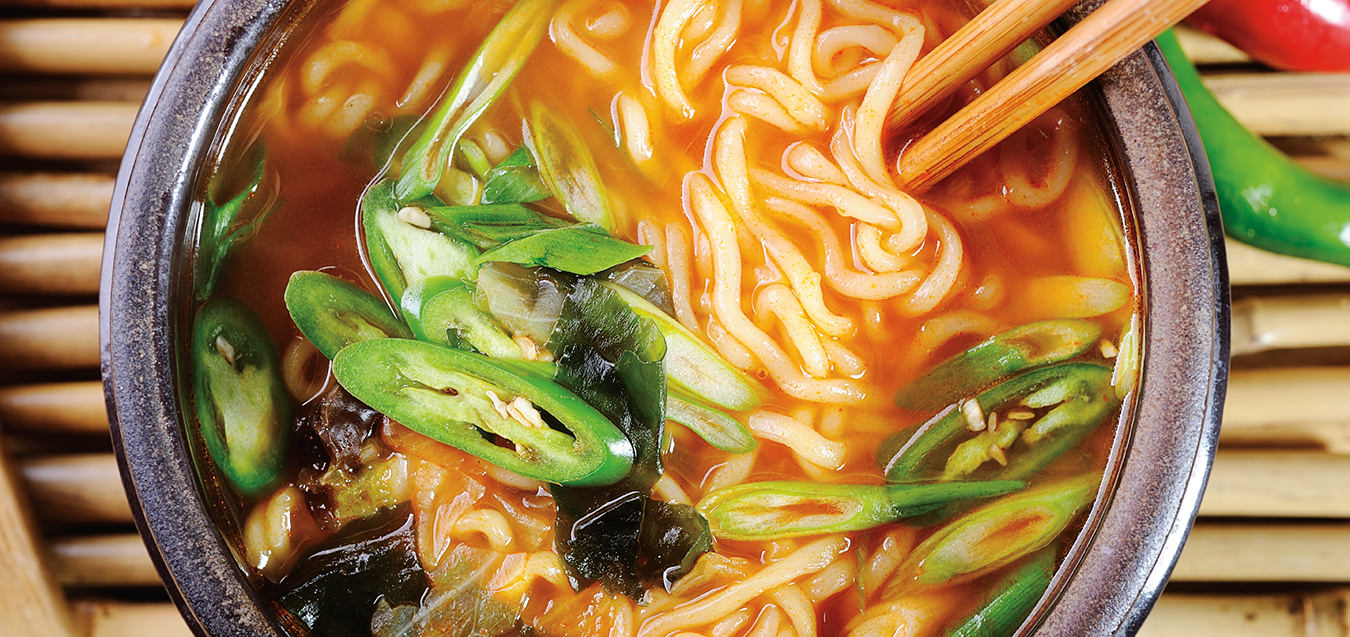Foraging Across Canada for a Natural Meal
Forest food.
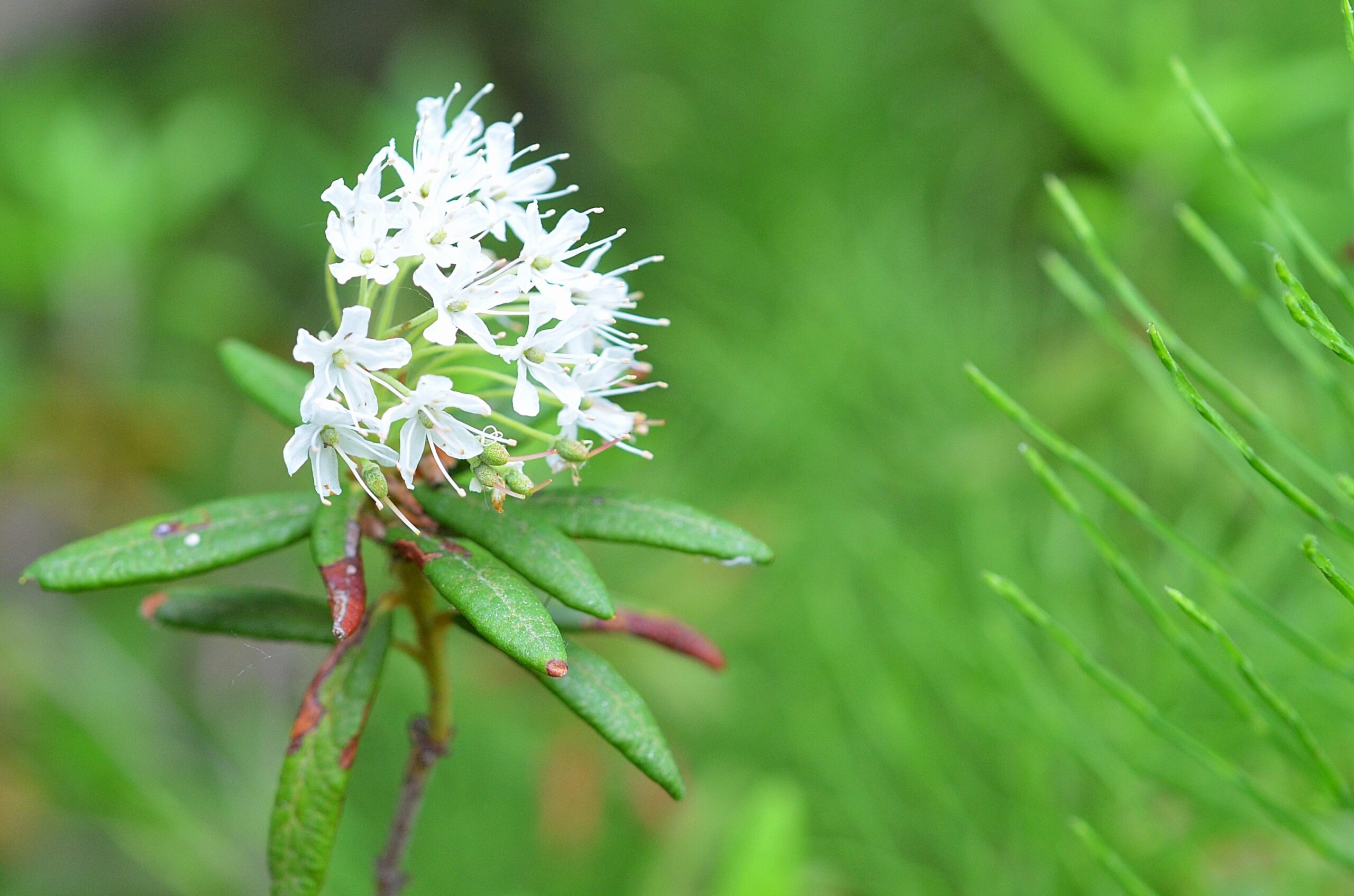
Plant-based diets are catching on faster than a prairie wildfire. It may seem like a new thing, largely the domain of millennials and those searching for alternative diets. But if we go back, way back, plant-based diets are a very old thing. And with a little effort, it’s possible to bypass the grocery store to put plenty of plants onto your plate. There’s a bounty just waiting to be picked in the great outdoors. Welcome to foraging.
Finding, collecting, and consuming wild edibles can seem overwhelming at first—it’s just all so green! Basic education is key, whether it comes from books, workshops, or walks in the field with a pro. The more you do it, the better you’ll get at spotting delicious treats and returning year after year to collect them. A word of caution, though—some wild plants have developed effective protective mechanisms ranging from thorns to downright toxicity. Your best bet to avoid these is to head out with someone who knows—a mentor, teacher, or foraging friend with vast experience.
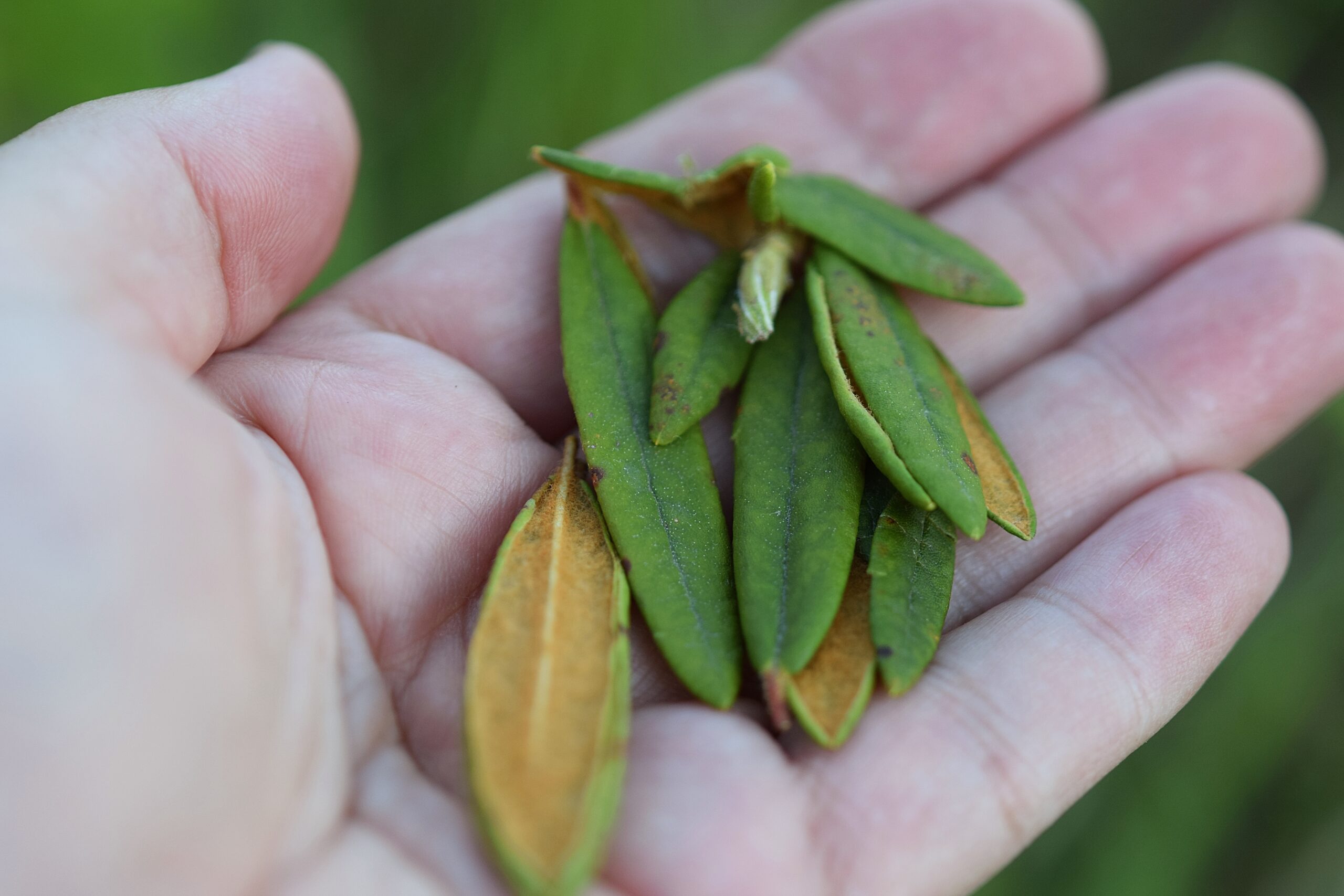
Labrador Tea
These fragrant plants grow far and wide across Canada’s boreal landscapes, usually in low-lying areas, true bogs, or deep, dark spruce forests. Labrador tea was one of the most commonly used medicines among Indigenous peoples. It soothes sore throats, colds, and allergies. And it also happens to have a delicious minty citrus flavour. Look for delicate white flower clusters in spring and early summer. Harvest only the top few oblong-shaped leaves of new growth. Tea can be made from fresh or dried leaves—a welcomed friend in the dead of winter.
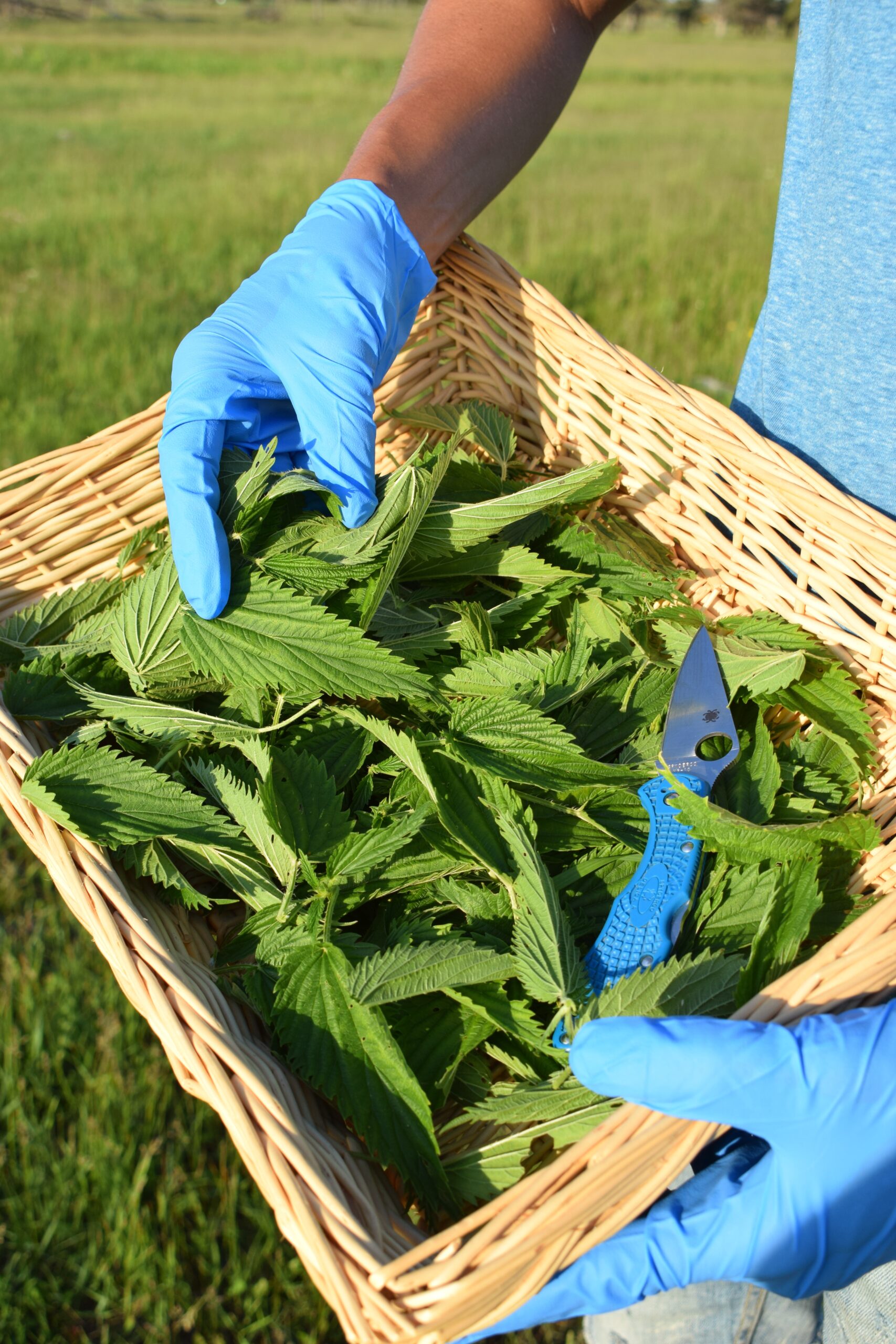
Stinging Nettle
If you’ve ever had the misfortune of brushing against stinging nettle, you know what comes next. The perennial plant contains lots and lots of stinging trichomes—or plant hairs—that cause a nasty, burning rash. Thankfully, cooking the leaves diffuses the threat, and it’s good for you! Stinging nettle is packed with vitamins A, B, C, and K, calcium, iron, magnesium, phosphorus, and potassium. Think of it as high-test spinach. It’s best in soups and stews—check out our recipe below. It’s one of the first plants to emerge in the spring and stays robust for much of the summer. When harvesting and processing, be sure to wear latex gloves.
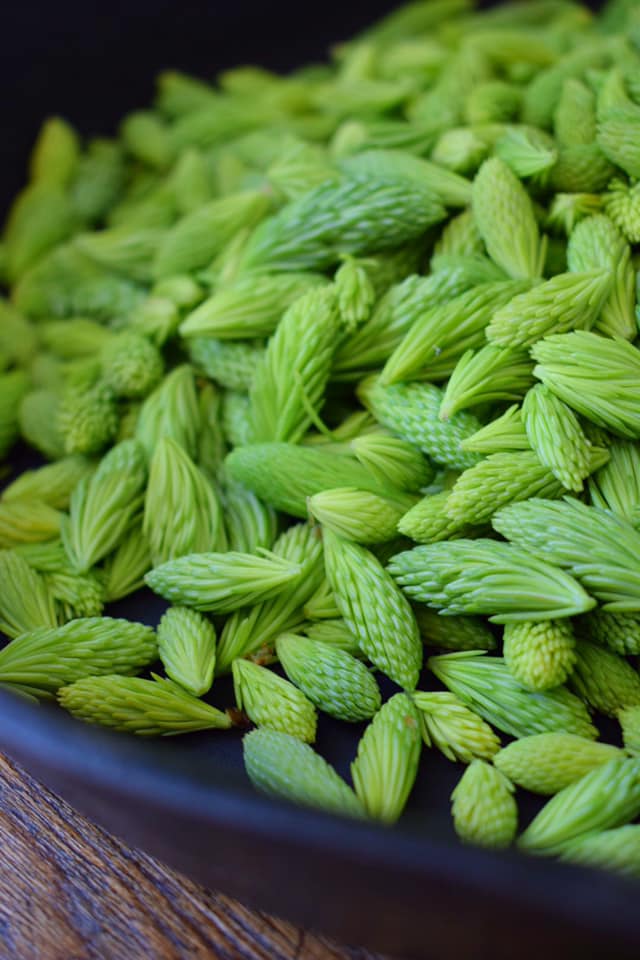
Spruce Tips
Canada’s many varieties of spruce trees emerge from their long winter’s nap by sending out tiny clusters of new needles at the ends of their branches. Just like mature trees, spruce tips are packed with nutrition, and these tender little buds are fun to bring into the kitchen. Make a simple syrup infused with spruce tips to add to cocktails or transform into ice cream, or pickle them to garnish a spicy Caesar.
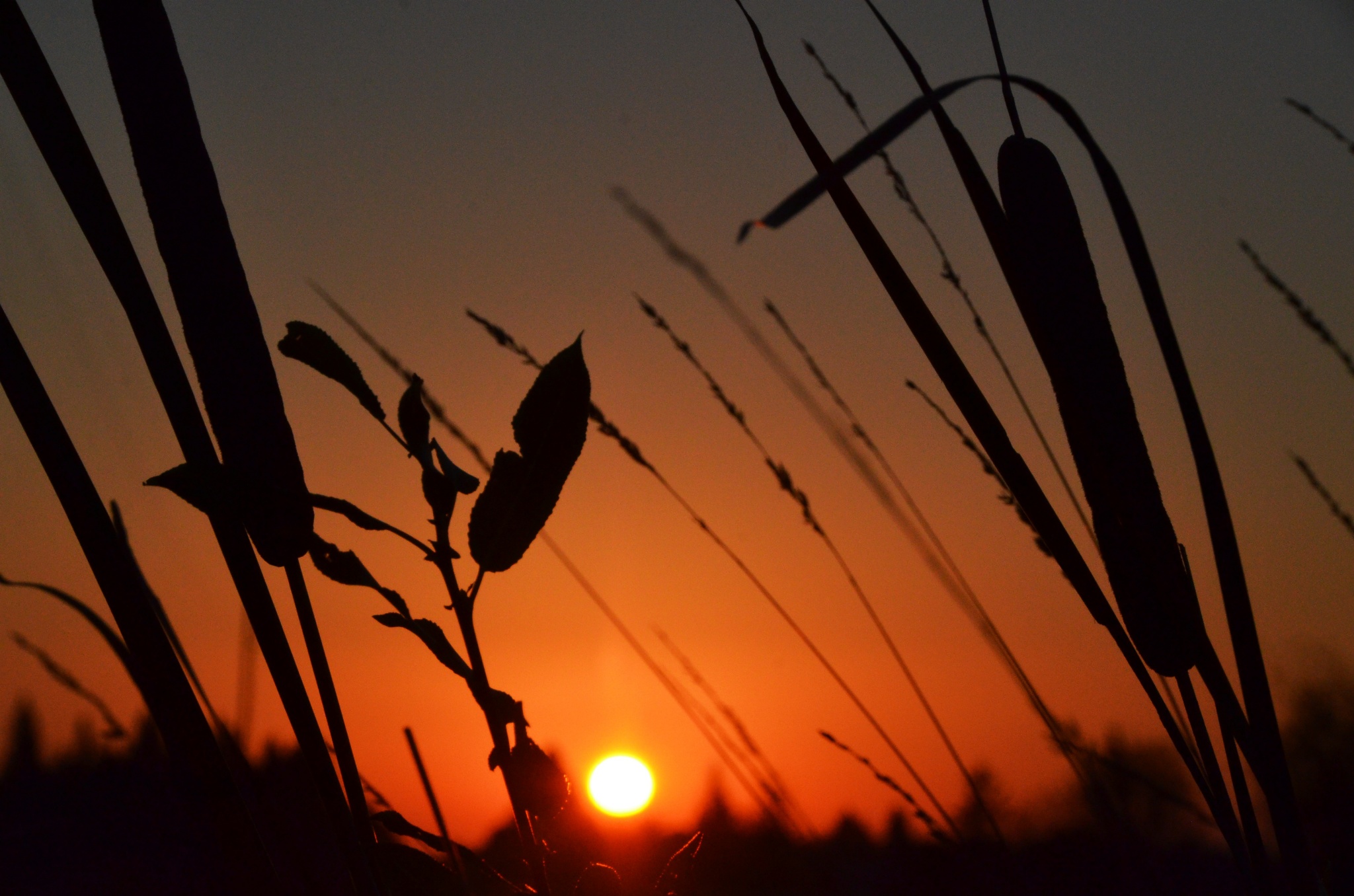
Cattails
Wade into a marsh and collect those tender young shoots that look suspiciously like hot dogs later in the year. Once you remove the outer leaves, you’ll have something that looks like a blond asparagus or a really thin celery stalk. Add them to stir-fries for plenty of crunch. The flavour is exceedingly mild.
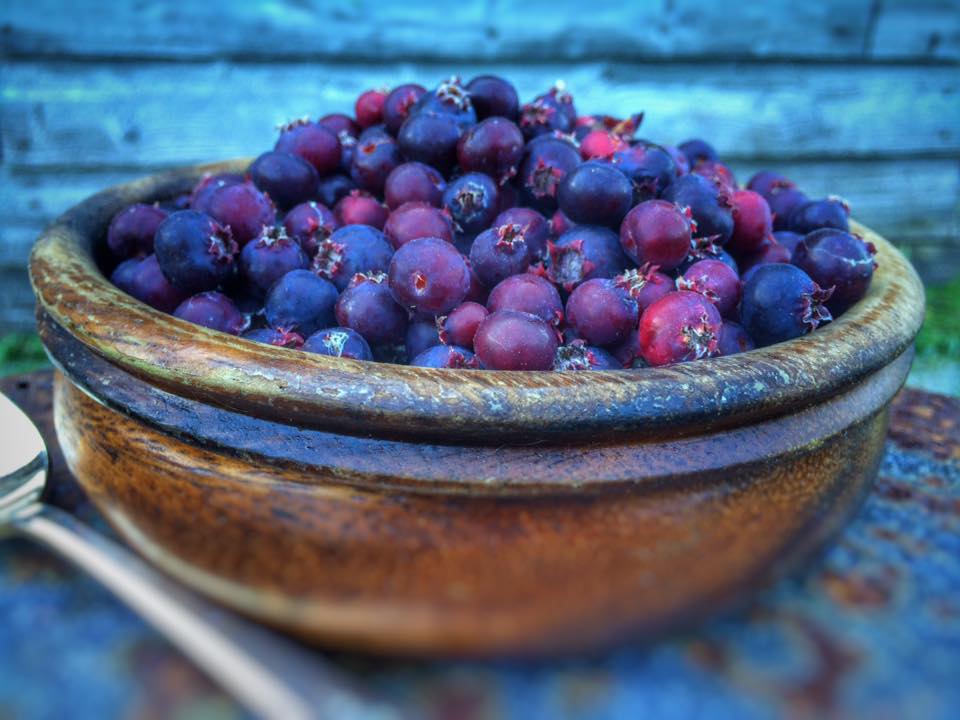
Saskatoon Berry
The first picking of Saskatoon berries on the Prairies means it’s pie time. These sweet, dark gems grow profusely in wild patches throughout Western Canada and go by many names including serviceberry, juneberry, and shadbush. Shrubs can be from waist high all the way to three metres tall, usually laden with lots of fruit. Use the berries as you would blueberries, in cakes, jams, puddings, muffins, sauces, syrups, and yes, wine.
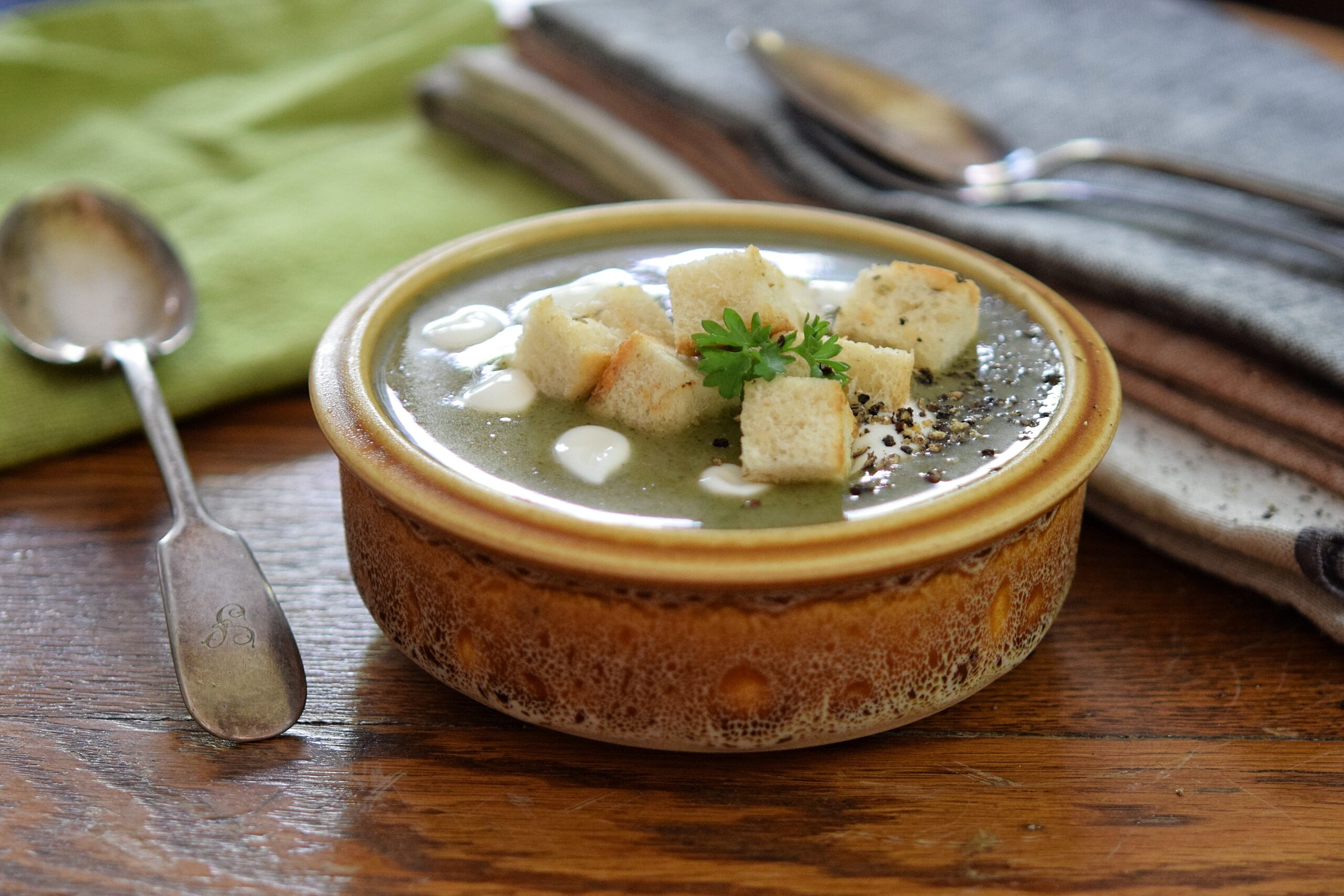
Stings and Spuds Soup
1 tablespoon canola oil
½ cup white onion, chopped
4 cups low-sodium chicken stock
1 teaspoon salt
4 medium potatoes, peeled and cut into 1-inch cubes
4 cups stinging nettle, packed
Pepper to taste
Sour cream, croutons, and dill as garnish
In a large soup pot, heat canola oil to medium high. Add onion and cook until soft, stirring often, about 3 minutes. Add stock, salt, and potatoes, and bring to a boil. Reduce to low and simmer until potatoes are cooked, about 15 minutes.
Wearing latex gloves, rinse stinging nettle under cold water to remove any dirt. Add to the pot and cook until tender, about 10 minutes. Remove from heat and let cool for 10 minutes. Using an immersion blender, purée the soup until smooth. Add pepper and adjust seasonings if necessary.
Ladle into bowls, top with chunky croutons, drizzle with sour cream, and garnish with fresh dill.
________
Never miss a story. Sign up for NUVO’s weekly newsletter here.

